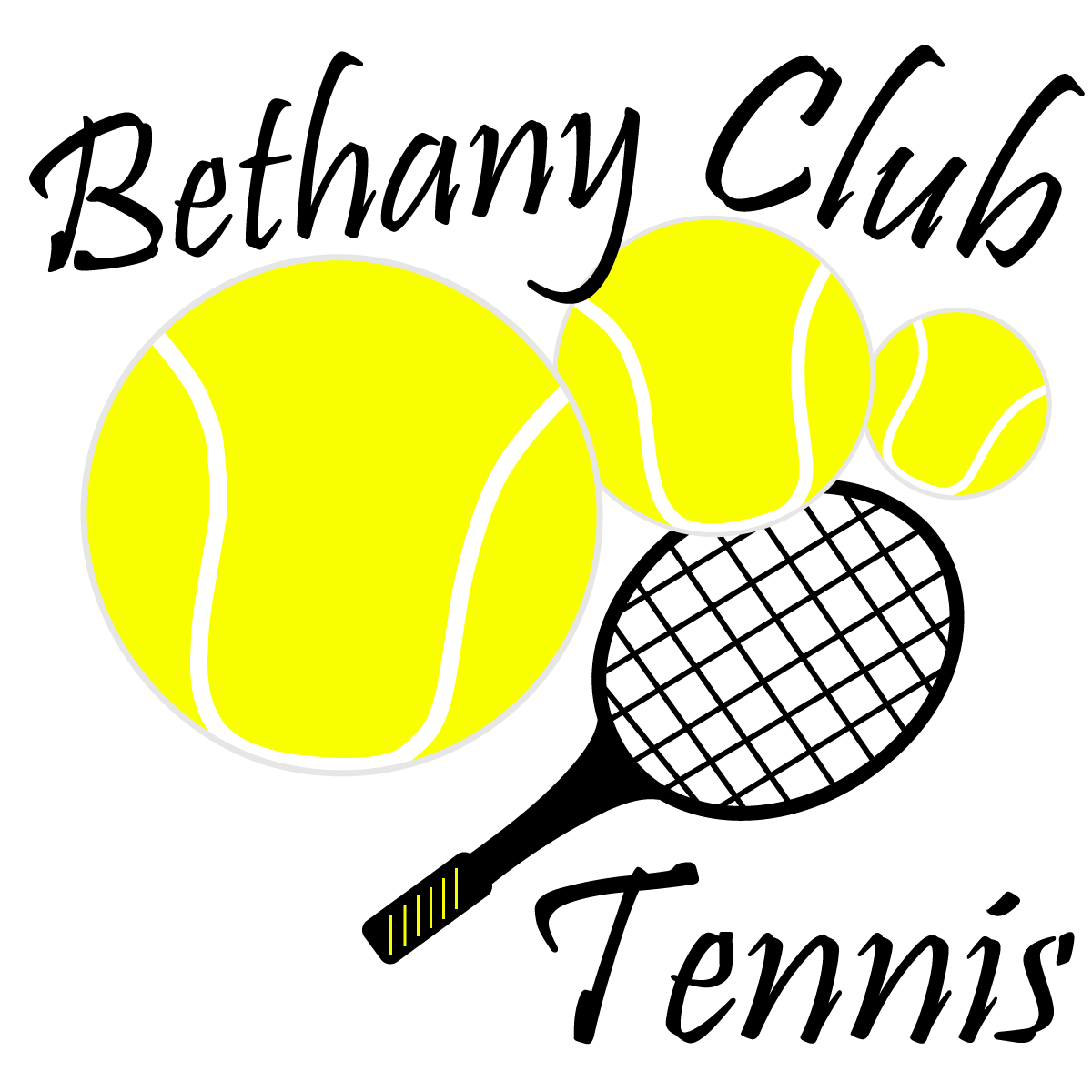
Tennis Terms to Know
ACE
A ball that is served so well the opponent cannot touch it with their racquet.
AD
Short for Advantage. It is the point scored after Deuce. If the serving side scores, it is Ad-in. If the receiving side scores, it is Ad-out.
ALL
An even score. 30-30 is, for example, 30-all. 3-3 would be 3-all.
ALLEY
The area between the singles and doubles sideline on each side of the court. (The singles court is made wider for doubles play by the addition of the alley.)
APPROACH
The shot hit by a player just before coming to the net.
BACKCOURT
The area around the baseline. BACKHAND – The stroke used to return balls hit to the left side of a right-handed player (or to the right side of a left-handed player). Backhands are hit either one-handed or two-handed.
BASELINE
The court’s back line that runs parallel to the net and perpendicular to the sidelines.
DEUCE
A score of 40-all, or 40-40. (This means the score is tied and each side has won at least three points.)
DEUCE COURT
The right side of the court, so called because on a deuce score, the ball is served there.
DOUBLE FAULT
The failure of both service attempts. On a double fault, the server loses the point.
DOUBLES
A match with four players, two on each team.
DROP SHOT
A softly hit ball with lots of backspin that lands near the net after crossing it.
FAULT
A served ball that does not land in the proper service box..
FOOT FAULT
A fault called against the server for stepping on or over the baseline with either foot during delivery of the serve.
FOREHAND
The stroke used to return balls hit to the right side of a right-handed player (or to the left side of a left-handed player). Forehands are commonly hit one-handed.
GAME
The part of a set that is completed when one player or side either wins four points and is at least two points ahead of his or her opponent, or who wins two points in a row after deuce.
GROUND STROKE
A stroke made after the ball has bounced; either a forehand or backhand.
HALF-VOLLEY
The stroke made by hitting a ball immediately after is has touched the ground, usually implies hitting the ball low on the short hop.
LET
A point played over because of interference. Also, a serve that hits the top of the net but is otherwise good, in which case the serve is taken again.
LOB
A stroke that lifts the ball high in the air, usually over the head of the opponent at the net.
MATCH
The overall contest, usually decided by the best two-out-of-three sets.
NO-AD
A system of scoring a game in which the first player to win four points wins the game. If the score reaches 3-all, the next point decides the game.
NO MAN’S LAND
A slang term for the area between the service line and the baseline.
OUT
A ball landing outside the boundary lines of the court.
OVERHEAD
During play, a stroke made with the racquet above the head in a motion similar to that of an overhand serve.
POACH
To hit a ball in doubles at the net that would normally have been played by one’s partner.
POINT
The smallest unit of scoring.
RALLY
A series of good hits made successfully by players. Also, the practice procedure in which players hit the ball back and forth to each other.
RECEIVER
The player who receives the serve. Also known as the Returner.
SERVE
Short for Service. It is the act of putting the ball into play for each point.
SERVER
The player who serves.
SERVICE BREAK
A game won by the player/team receiving serve.
SET
A scoring unit awarded to a player who or team that has won:
a. 6 or more games and has a two-game lead; or
b. 6 games and the tiebreak game when played at 6-all.
SLICE
A shot that imparts backspin on the ball by hitting the ball with a high-to-low motion.
SMASH
A hard overhead shot.
SPIN
The rotation of the ball. (i.e., “topsin” or “backspin”)
STROKE
The act of striking the ball with the racquet.
TIEBREAK
A system in traditional tennis used to decide a set when the score is tied, 6-all.
TOPSPIN
Forward rotation of the ball caused by hitting from low to high.
VOLLEY
During play, a stroke made by hitting the ball before it has touched the ground.
Source: USTA
